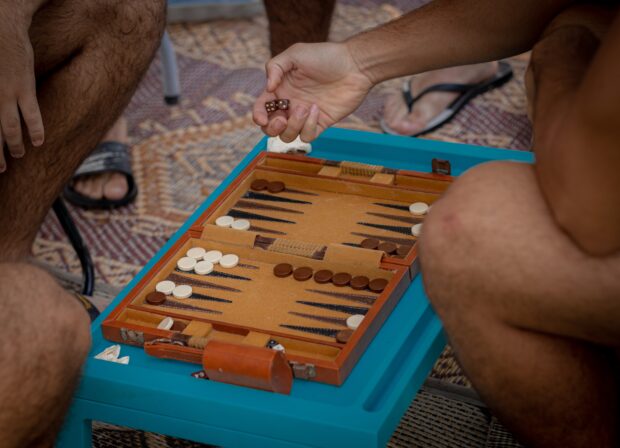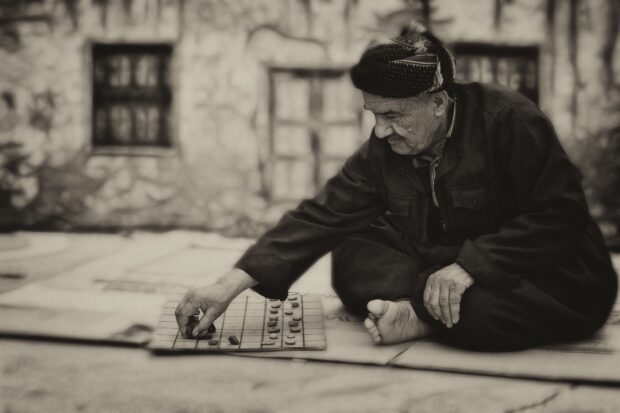You have no items in your cart. Want to get some nice things?
Go shopping
The popularity of video games might seem like a modern phenomenon. However, humans have enjoyed gaming since our very first civilizations took form—and archeologists have the proof. Around the world, these social scientists have uncovered proof of highly intriguing games.
These include board games, dice games, and even card games that stretch back millennia. While it might seem like we’ve come a long way from these early pastimes, the truth is that even modern titles closely resemble the games ancient humans preferred. Let’s dive in and start exploring some of the world’s oldest games and what they teach us about various cultures.
The Most Famous Game: Ganjifa to Modern Poker
First, let’s start off with one of the most well-known card games in the world: poker. This game remains a global staple, with players training online around the world with the hopes of qualifying for a major in-person event, like a WSOP or EPT tournament. In fact, the game can be learned from just about any location in the world thanks to handy guides, FAQ pages, podcasts, courses, and more.
But this game has an incredibly complex history. While there’s still plenty of research to be done, some believe that this game stretches back to the ancient Indian card game of Ganjifa. Ganjifa is a card game that grew in popularity during the 1500s. From there, the game went to Persia and evolved into As-Nas, a card game that closely resembles modern poker—bluffing included.
From there, the game might have immigrated west on the Silk Road, then developed into Germany’s pochen and France’s poque—both of which may have kept moving west and evolved. Eventually, they might have contributed to the rise of poker, which was first recorded in New Orleans in the early 1800s.
The Global Favorite: Mancala
Mancala is likely the oldest continually played game in the world. Though evidence varies, and the rules of mancala tend to change according to different regions, the game’s first genesis came around 3000 BC. And it’s not just one region where mancala rows have been discovered.
This game could have been played in Africa, the Middle East, and as far east as Southern Asia. Similar to games like Go (which developed in China around 1000 BC), the game requires players to strategically surround and ‘capture’ other seeds. However, unlike in Go, the goal is to move quickly and decisively.

The Oldest Known Games: Ancient Mesopotamia vs. Egypt
The oldest game in the world is mancala, which is an umbrella term for popular variations like Oware. However, around the same time that Mancala holes and rows started popping up, official games like Ancient Mesopotamia’s Royal Game of Ur and Ancient Egypt’s Senet were being established.
But these games served very different purposes when they popped up around 3100 BC (Senet) and around 2500 BC (Royal Game of Ur). Senet conceptualized the Egyptian netherworld, which meant that players were focused on spiritual topics and growth while playing.
The Royal Game of Ur, considered the earliest ancestor to modern backgammon, requires players to race to the opposite end of the board. This game was so popular that it has been found in neighboring areas like Cyprus, Crete, and even Egypt. Rather than focus on spiritual topics, the Royal Game of Ur was likely played for fun.
The Least-Known Game: Patolli
So far, we’ve touched on some of the most ubiquitous gaming titles in the world—but what about the Americas? Patolli was a widely played game throughout Mesoamerica. Archaeologists aren’t positive about the game’s rulebook, but they do know that the game had quite a few high stakes involved and was widely adored.
One Dominican friar who recorded his experience with the game in the 1500s wrote that commoners and royals alike would play. In fact, the famous ruler Emperor Montezuma allegedly loved to play Patolli. Unfortunately, the arrival of the Spanish meant that the game was banned, and its equipment and even rules were lost to time.




